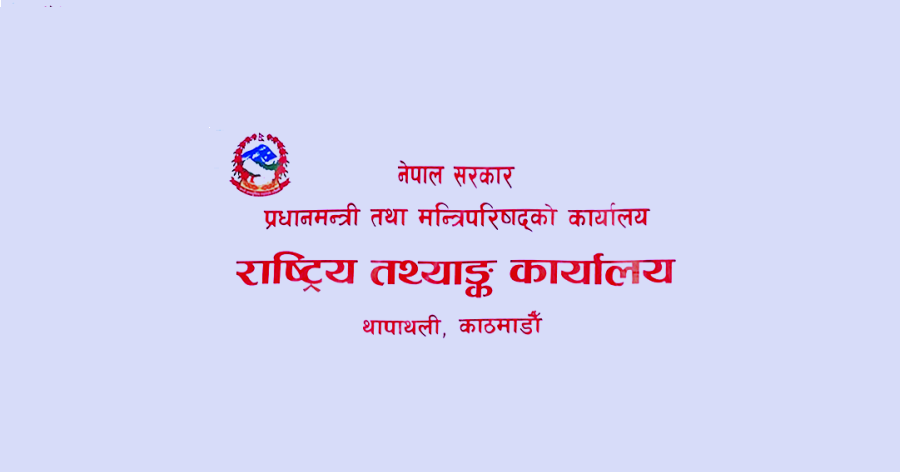
Controversy Surrounds Language Statistics in Nepal: Linguists Demand Accurate Data Collection
The recent release of language statistics by the National Statistics Office in Nepal has sparked controversy among linguists. While the government's data includes details on 126 mother tongues, including 13 newly identified ones, experts argue that the numbers provided are unrealistic and do not reflect the true linguistic landscape of the country. This article delves into the concerns raised by linguists, highlights the need for accurate data collection, and emphasizes the impact of flawed statistics on language policy-making and planning.
Questionable Statistics and Unrealistic Figures
Linguists are dissatisfied with the language statistics published by the National Statistics Office, citing concerns about the accuracy and realism of the numbers. For instance, the inclusion of Sanskrit speakers in the data raises eyebrows, as Sanskrit is considered a dead language in Nepal. Dr. Taramani Rai, a prominent linguist, questions the credibility of the statistics, stating that the mentioned figure of 13,906 Sanskrit speakers does not align with reality.
The Need for a Bottom-Up Approach
One of the major criticisms leveled by linguists is that the data collection process followed a top-down approach, which they believe is flawed. Dr. Rai advocates for a bottom-up approach, emphasizing the importance of collecting data that reflects the actual linguistic communities and their diverse languages. An example is given regarding the Rai language, where the previous census erroneously recorded 159,000 speakers instead of the estimated 1.5 million. This highlights the necessity of considering the linguistic communities within caste groups during data collection.
Failure to Understand Caste and Linguistic Structure
According to Dr. Rai, the statistics fail to recognize the caste and linguistic structure of Nepal. The assumption of a one caste, one language structure has led to inaccurate data representation. For example, the Nepali language is spoken by various castes, including Brahmin, Chhetri, and Dalit. The linguist asserts that the government should conduct separate linguistic surveys to determine the actual speakers and account for the linguistic diversity within castes.
Lack of Coordination and Enumeration Issues
The linguists argue that the enumerators did not coordinate effectively with local municipalities, resulting in incorrect data. Proper coordination between enumerators and municipalities is crucial to ensure accurate and reliable information. Dr. Rai suggests that future data collection should prioritize such coordination to improve the quality of statistics.
Challenges with Kusunda and Tharu Languages
The controversy extends to the preservation and documentation of languages such as Kusunda and Tharu. Scholars and language experts, including Udayaraj Ale, express doubts about the accuracy of the figures related to these languages. They question the methodology used to determine native speakers and highlight the need for factual data to support research, studies, and policy-making.
The Call for Accurate Data Collection
Linguist Amrit Yonjan Tamang, a member of the Language Commission, acknowledges that the data discrepancies occurred due to recording information provided by individuals without proper cross-checking. He emphasizes the importance of coordination with local levels during census data collection to avoid such issues in the future.
The release of language statistics in Nepal has raised concerns among linguists regarding the accuracy and realism of the data. The need for accurate data collection, coordination with local municipalities, and the recognition of linguistic diversity within castes is crucial to address these concerns. The controversies surrounding languages like Sanskrit, Kusunda, and Tharu highlight the significance of reliable statistics for effective language preservation, research, and policy-making in Nepal.
Kathmandu




